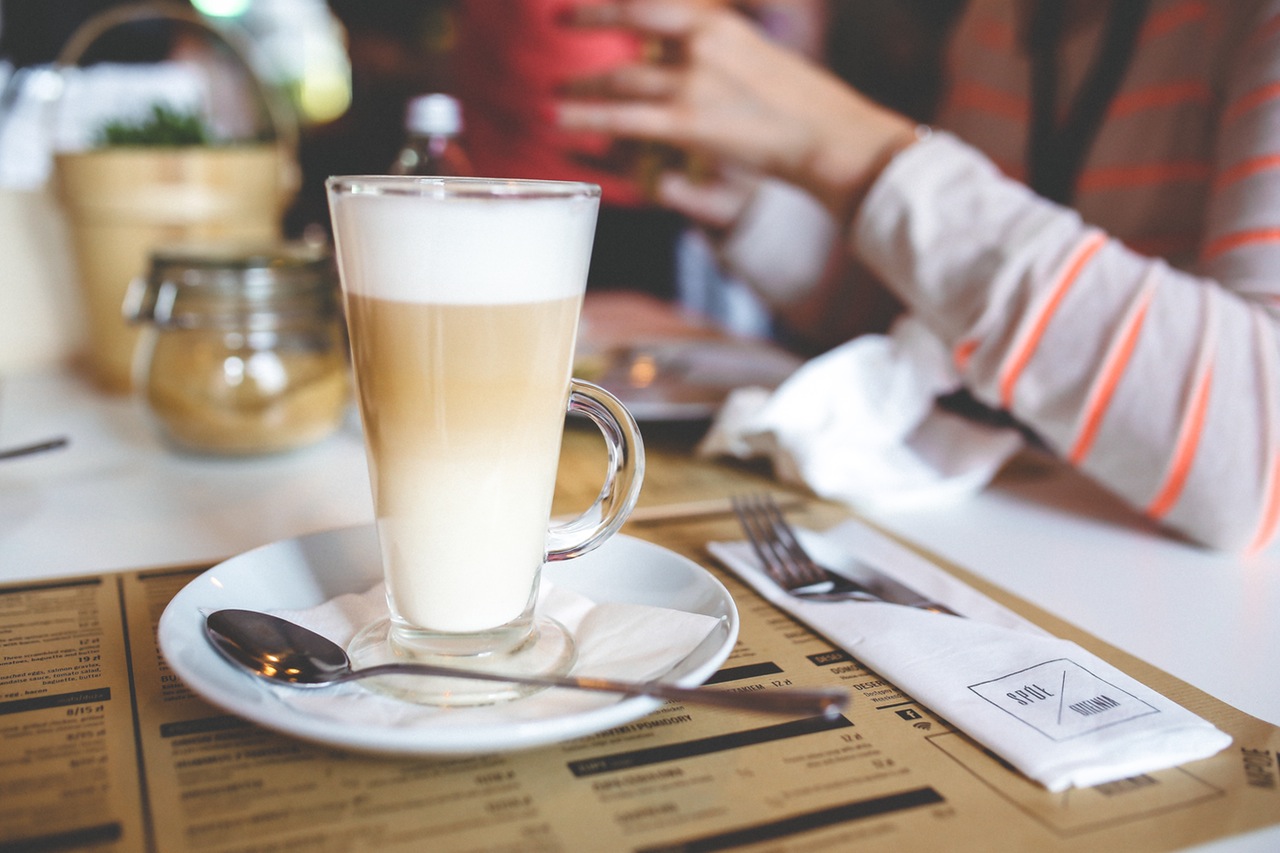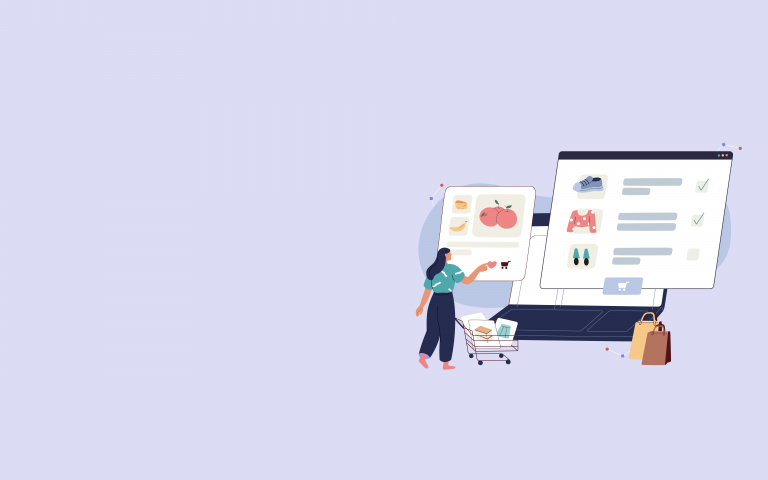What’s Iced Coffee Got to Do With Fashion?4 min read
Reading Time: 3 minutesExploring the enormous business impact of color choices on eCommerce businesses.
 Buttercup. Iced Coffee. Limpet Shell. Fiesta. Peach Echo.
Buttercup. Iced Coffee. Limpet Shell. Fiesta. Peach Echo.
These aren’t just random phrases. They’re colors. Specifically, they’re five of the ten colors that made it into the Pantone Fashion Color Report Spring 2016.
If you take only a cursory look at the report, you can be forgiven for thinking that Pantone documented design collections and asked influencers for their opinions at New York Fashion Week to settle on the color trends for the next season.
But in reality, these colors were chosen two years ago in a boardroom.
A piece by NPR unveils the back story of the business of color. Twice a year, ten anonymous people around the world travel to Europe at Pantone’s invitation. They meet in a room with white walls and talk colors. Sometimes, they bring objects that inspired them. (Once, one of the committee members brought a basket of onions).
Finally, a set of colors are decided on. These colors are then translated into standard color tones and swatches that form the basic, global terminology for textile and manufacturing industries.
Two years later, designers use them in their collections. Celebrities flaunt them on red carpets and on Instagram.
And then, it becomes a Trend.
Color forecasting in fashion is a massive industry. And it’s incredibly complex, taking into account more than just the personal preferences of a group of experts. Roseanna Roberts, the director of color trends at The Color Association of the United States (CAUS), says they’re “responsible for developing a tangible sensory experience that reflects the mood of our changing culture at any point in time”.
This is how she describes the process of forecasting color trends:
“We really try to capture a feeling or zeitgeist of what’s going on in society. What are the common threads throughout our cultural patchwork?
…Anything from architecture and films to events, like the Olympics or elections; even a person who has been touted as someone who will be making waves. We try to foresee where our attention will be focusing.”
And that’s pretty close to how it happens. Take, for instance, Radiant Orchid — Pantone’s color of the year in 2014. It was widely believed to be inspired by Michelle Obama’s favourite color: purple.
And Pantone isn’t the only organisation who’s heavily involved in color forecasting. All over the world, people working with similar organizations have sat together and picked the hues and shades we buy and wear.
This begs the question, what products should a fashion eCommerce site show its customers?
Should it simply choose the trends and colors that runways, brands, celebrities and color forecasters pour millions of dollars into promoting? It’s virtually impossible to ignore these trends because customers are subconsciously exposed to them all the time, they’re easily available and they do influence purchases. But we can’t just look at big data, decide that rose quartz or serenity is a safe color trend this year and stop there.
Color recommendations for individuals are more complex than that because there’s always an element of choice.
A large percentage of people who shop for clothes don’t follow high couture or make buying choices based on trends. And in almost every case, self identity plays a big role. This makes them look at and buy unique, unpredictable things.
This is what Mad Street Den’s data scientists call small data — the data that’s related to a person’s intent.
Houston and Rothschild in 1978 proposed that consumer involvement has three forms: situational, enduring and response. Situational involvement is short term. It’s the kind of purchase where we lose interest in the category after buying a product, say, a toaster. But enduring involvement has a longer duration and tends to be wrapped around the way we perceive ourselves, our hobbies, our work and the social tribes we’re a part of.
Does your customer want to project a gender-neutral personality? Is he interested in art or cooking? Is she a non-conformist with vintage tastes? All of these social and psychological factors play a role in the colors they tend to choose.
And that’s what we’re helping fashion eCommerce companies understand and leverage from a business perspective.
We build color spaces of trending items so you know what your inventory is missing. We think about the correlation between user behaviour and colors on a larger level. We ponder the kinds of visual similarity that apply to situational buying. We try to look at a person’s buying history to understand color patterns in their wardrobe, and how we can use that data to personalize future purchases. This has resulted in better experiences, more conversions and higher engagement for all of our clients.
Now think about what we can do with patterns, cuts and a host of other visual attributes.






